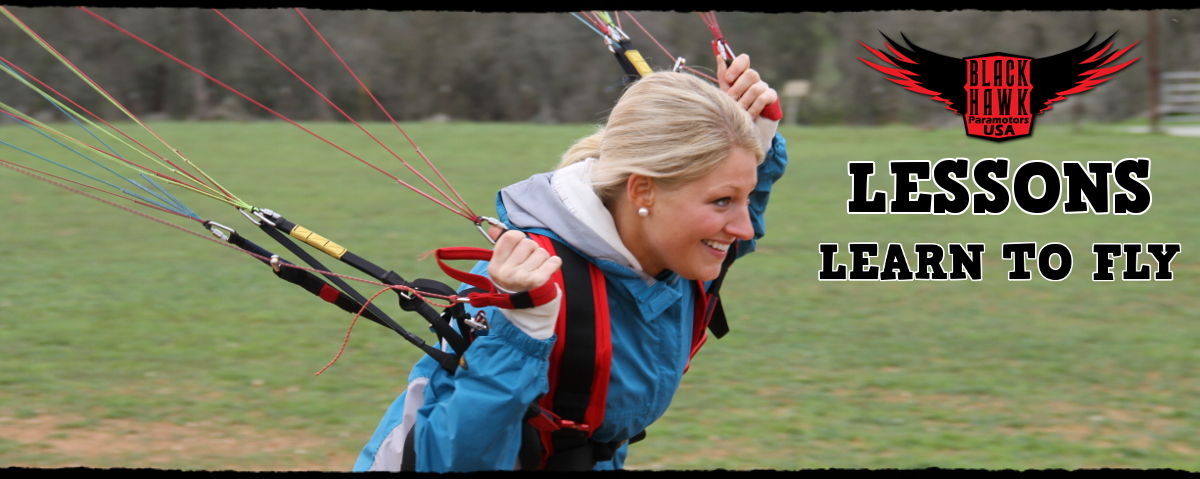Are there AGE or WEIGHT restrictions?
AGE: There are many pilots in their 70’s and up who fly quite regularly. That being said, there isn’t an age cap on this sport. There are also young teens who fly with their parents. It really comes down to common sense… If you can’t drive a car safely, you should probably not be flying any type of aircraft. If there is any question, just ask a Certified Flight Instructor or Dealer if this sport is right for you. WEIGHT: There are no pilot weight restrictions in this sport. The only weight regulated is the total weight of the actual Paramotor. That being said, any machine


